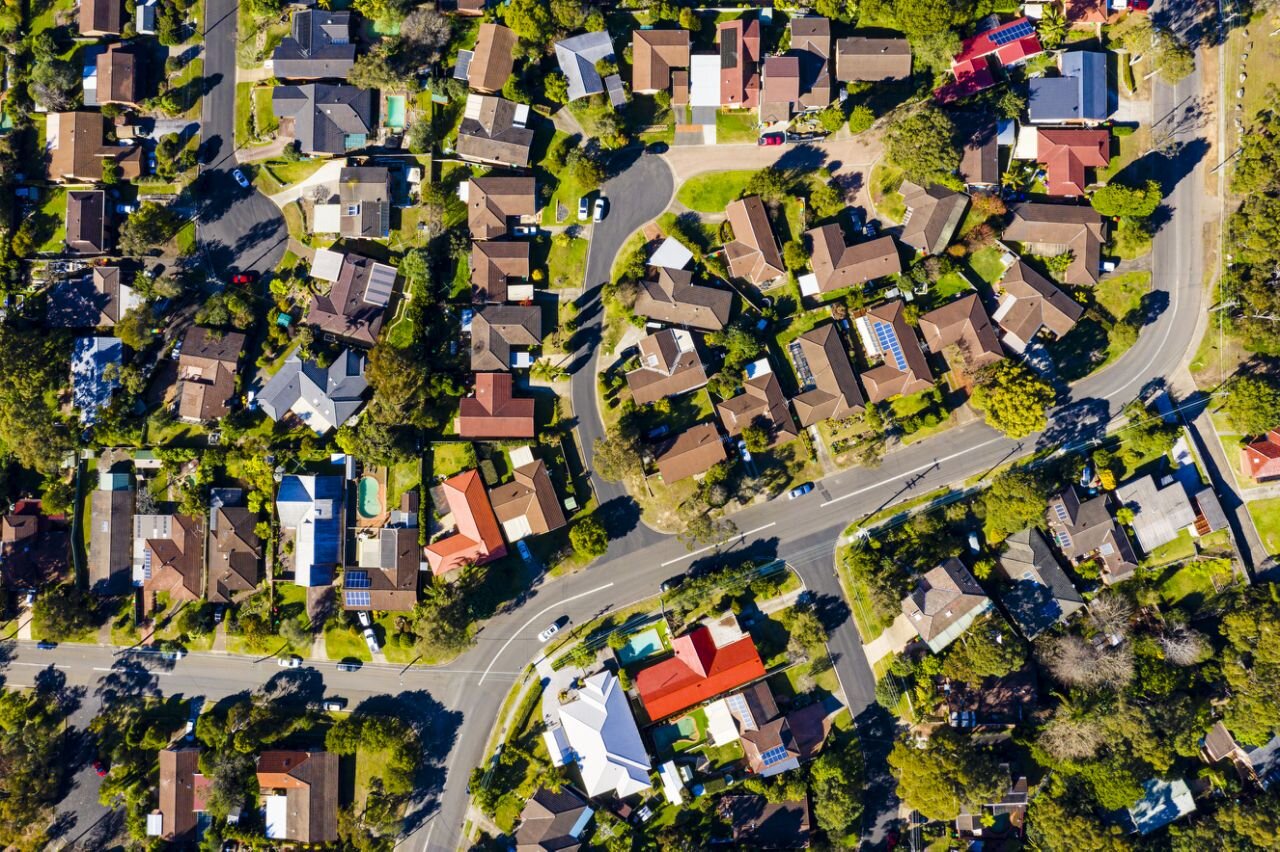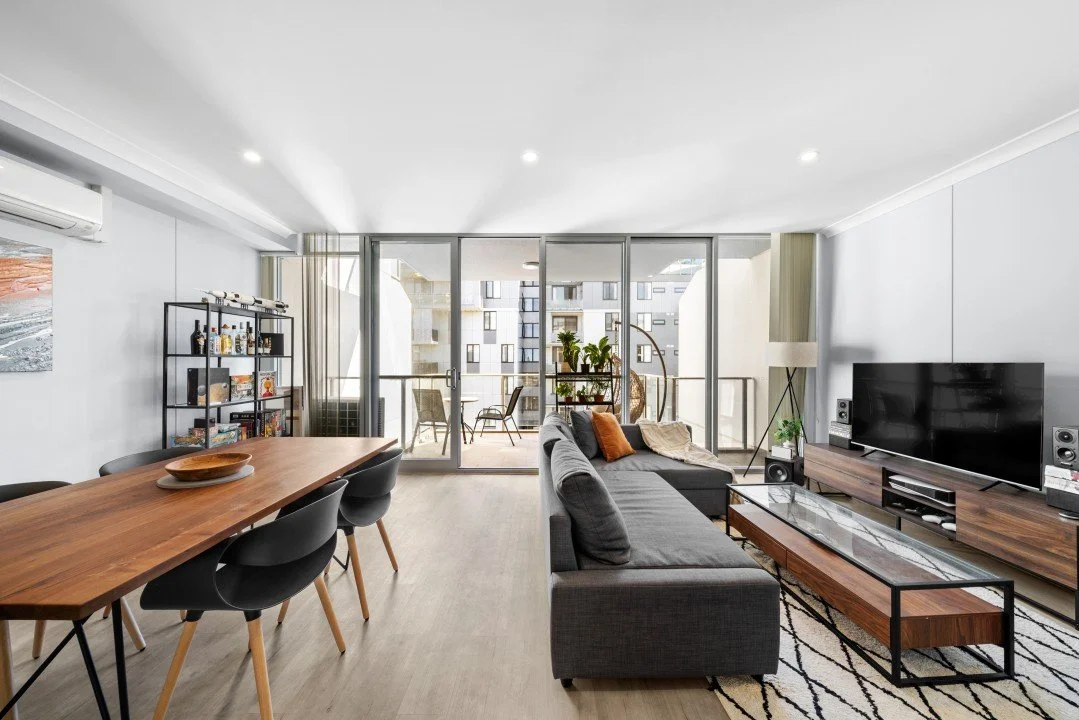New Homes
Matusik Missive
New Home Building in Australia
Four charts this post.
Chart 1 tells me new housing approvals across the country are in decline. They peaked in 2015, with 235,000 permits. Over the last year, some 172,000 new dwellings were approved.
Chart 2 shows that 60% of the approvals, last year, were for detached houses, whilst 24% were for apartments and 16% were for townhouses and duplexes. Apartment approvals have fallen from 36%, again in 2015, whilst detached housing permits have risen from 50% over the same time frame. Whilst the chart scale hides it, new townhouse/duplex supply has almost trebled over the last ten years.
Chart 3 tells me that a third of new apartment approvals haven’t yet started construction. This equates to some 24,000 apartments. The proportion of approved detached houses waiting in the wings, so to speak, is just 9% or some 9,000 dwellings across Australia. The number and proportion of non-apartment starts has risen sharply over the past five years.
Chart 4 outlines that just 1% of the new homes built in Australia last year were supplied by the government or a ‘public’ housing supplier. This has been the trend since the GFC, where for one year, the proportion of public housing supply – after much hand wringing (like is happening now) – rose to 6% in 2010. Back in Whitlam’s short rule, it jumped to 17%, and during the 1980s, it averaged 10%.
My comments
Over the next decade there will be an underlying demand to build some 150,000 new homes each year. We are still overbuilding – mostly the wrong housing stock, hence the increase in approved apartments not starting construction – and housing demand is likely to be less over the next 12 to 24 months due to COVID-19 related restrictions.
But the want to visit and live Down Under is likely to be even higher in the future, and we will need these extra young heads too.
Our forecasts suggest that detached homes will make up half of the housing demand over the next decade, whilst apartments and townhouses will have a 20% market share. Our research shows that 10% of the new demand – it maybe more now due to the coronavirus - will be satisfied by renovations, extensions and backyard housing solutions.
Personally, the “stay put and maximise our existing asset” mindset is likely to hold a 20% market share of ‘new’ housing supply in coming years.
Many of the non-start apartment projects need a major design and pricing overhaul. Regardless, lots of them are very unlikely to be built and especially in their approval time frame, and hence shouldn’t be included in government new housing supply targets.
“Maybe some good might come out of COVID-19 – shining a light on the need for public and social housing. But we need more than a quick fix. A bump in public housing starts for a year or two isn’t the answer, we need a long-term housing strategy. ”
In addition, if we are to believe the COVID-19 commentary, then the demand for centralised workspace and accommodation is set to wane, replaced by bigger suburban homes (and yards), each with dedicated workspaces and drone landing pads.
There is little doubt that we have major problems with housing affordability. The debate here – I am guilty too – often is focused on deposits needed/interest payments required etc. by the middle-class and not were the want is the most acute, being those on minimum wage and government payments like JobSeeker.
Also, of importance is not only affordability, but suitability also.
A one-bedroom apartment might be affordable for a family of four with a parent on the minimum wage or Newstart (now JobSeeker) payments, but it is not suitable.
A March 2020 Anglicare survey found 70,000 places to rent across Australia, but just nine – that’s not a typo – were affordable and suitable for a one income household receiving the JobSeeker payments. And doubling the JobSeeker payment or having two adults receiving the payment lifts the rental supply to just 1,000 places.
This has been a problem for some time, and the impact of the coronavirus, will most likely make it worse.
Maybe some good might come out of COVID-19 – shining a light on the need for public and social housing. But we need more than a quick fix. A bump in public housing starts for a year or two isn’t the answer, we need a long-term housing strategy.
Matusik Missive by independent property analyst, Michael Matusik. Every week Michael shares his thoughts on the Australian housing market.
Visit www.matusik.com.au to find out more.
Social Sharing
Disclaimer: This article is intended to provide general news and information only. While every care has been taken to ensure the accuracy of the information it contains, neither Loanscape nor its employees can be held liable for any inaccuracies, errors or omission. All information is current as at publication release and the publisher takes no responsibility for any factors that may change thereafter. Readers are advised to contact their financial adviser, broker or accountant before making any investment decisions and should not rely on this article as a substitute for professional advice.











Loanscape has today released its Borrowing Capacity Index for Q4/2024. It confirms the forecast trend that borrowing capacities of Australian individuals and families are recovering from their low levels which coincided with the last of the recent increases to borrowing rates initiated by the Reserve Bank of Australia.